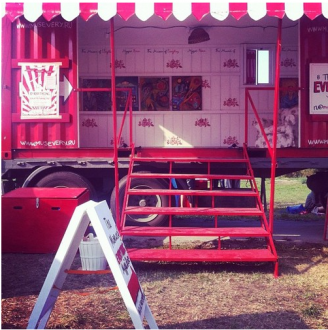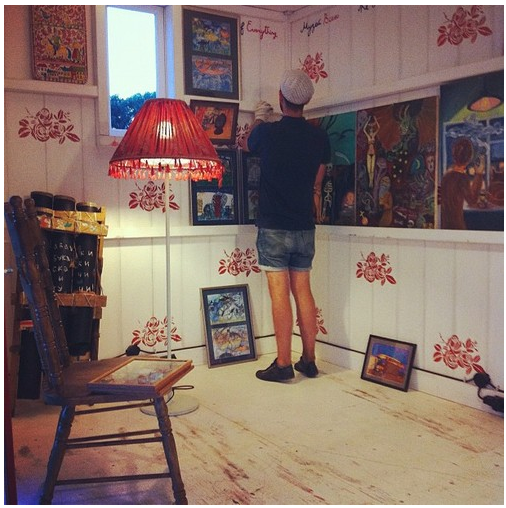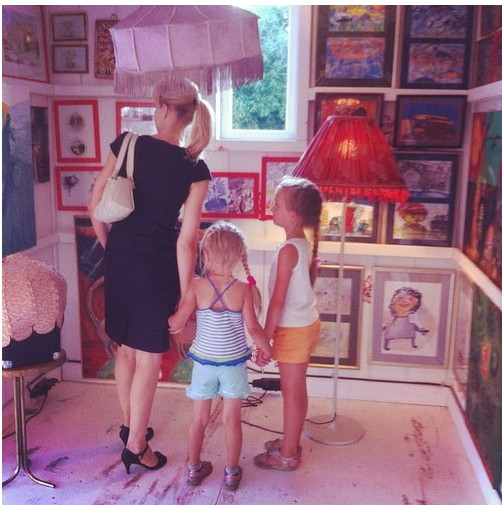
06.08.2012
What is the Museum of Everything really about?
So what is the Museum of Everything really about?
The Museum of Everything’s founder James Brett likes the name of his project to sound ridiculous– how could a museum of everything be possible? Yet ‘everything’ denotes the concept of unprejudiced inclusion, and that is exactly what Brett is attempting to achieve; to bring art that has previously been excluded from the mainstream museums into the international arena and contemporary vernacular.
“Everybody should have the right to be an artist and the right to make art…The goal is to say: creativity comes from the most interesting directions.” (James Brett) He also objects to the persistent label used to categorise the works he exhibits as ‘outsider’ art, suggesting it is used as ‘shorthand’ and thus limiting rather than all encompassing. He seeks to challenge the public’s perceptions of art not only by the selection of works but also with their display, to challenge what a museum is; “the question is: how do we present this work in such a way that it is not simply categorised as its own thing, separate from art itself?”(Brett).
Interestingly Brett’s museum is reminiscent of museums before they acquired the stuffiness and exclusivity of some museums today - his is a travelling circus- taking over temporary spaces and collecting works from around the world in a manner evocative of the days of the cabinets of curiosities. Brett injects fun back into his exhibitions- he has realised that one doesn’t want “to be in that word ‘museum,’ you want it to be this really cool environment for engagement that you go to and keep coming back for.” He wants to keep the audience’s attention from the moment of arrival to their departure “whilst still giving them their own choice in that experience.” His museum does not dictate any sort of museum ritual, it does not seek to manipulate the audience’s experience, allowing them to understand the works by drawing on their own experiences.
The more eclectic, cluttered, homely like environment that is characteristic of each of the Museum’s incarnations so far is integral to understanding the works. The modern norm of contemporary art’s expansive white cube - neutral space would not make sense - for the makers of the contents of this museum are not conventional. Their creation of art is often not so self-conscious- pre-rationalised as most artists- but rather more intuitive, immediate and visceral. They may not even be conscious of the ‘art world.’ However Brett’s mission is not just about the psychology of the person who has created the work- but as the philosopher Nigel Warburton suggests also about the object having the “potential to stimulate an artistic view of it as an object.” He is keen to show that these artists have what many who are accepted in the mainstream crave - a natural talent and “completely unique vision of the world-with the availability to express it.”(Brett)
By using his museum as a platform for those who have not actively sort out recognition as artists- he allows the public to decide whether these people can be deemed as such. So far the museums installations’ popularity suggests that these mainstream museums - that Brett has claimed to pose a “friendly” attack on – should perhaps reconsider where the real talent lies.
Below are some images from the start of the Museum's Russian journey!
  
|
